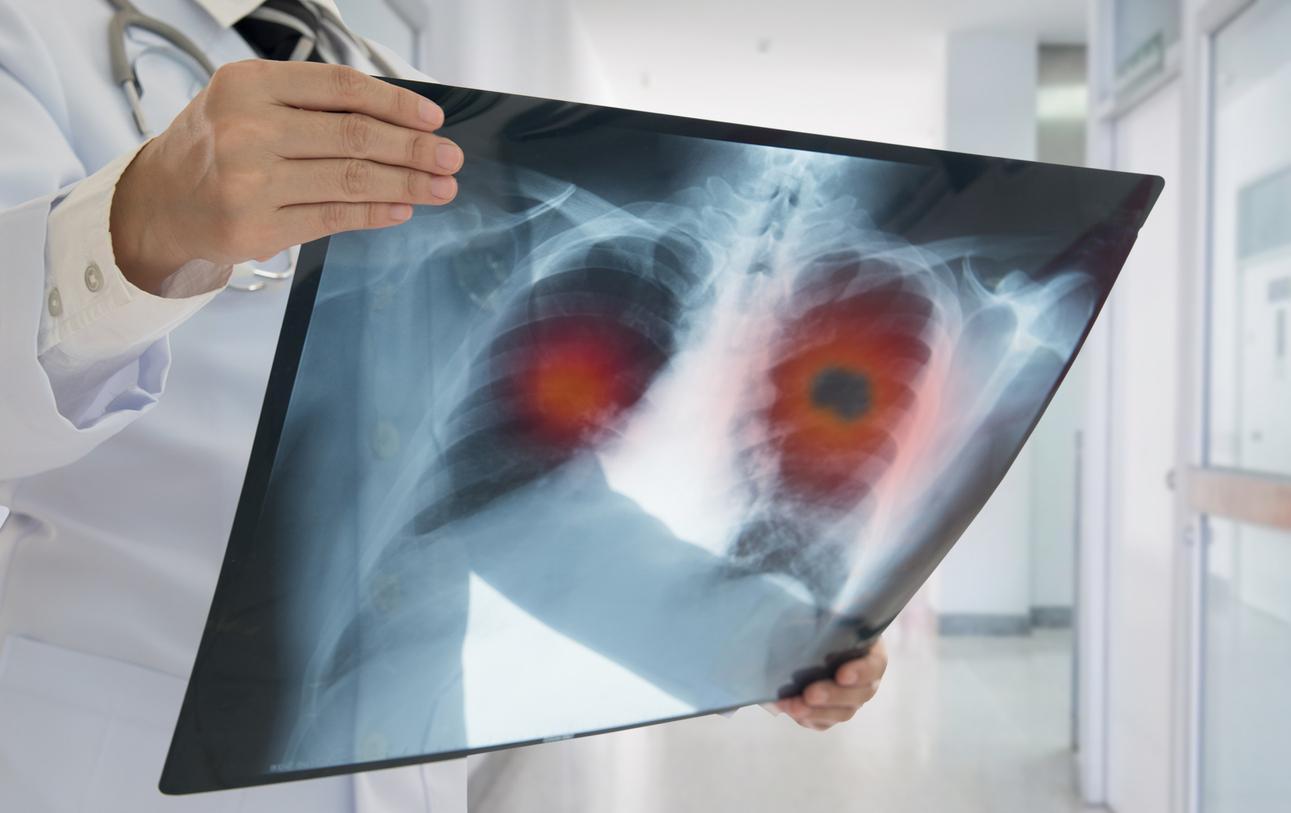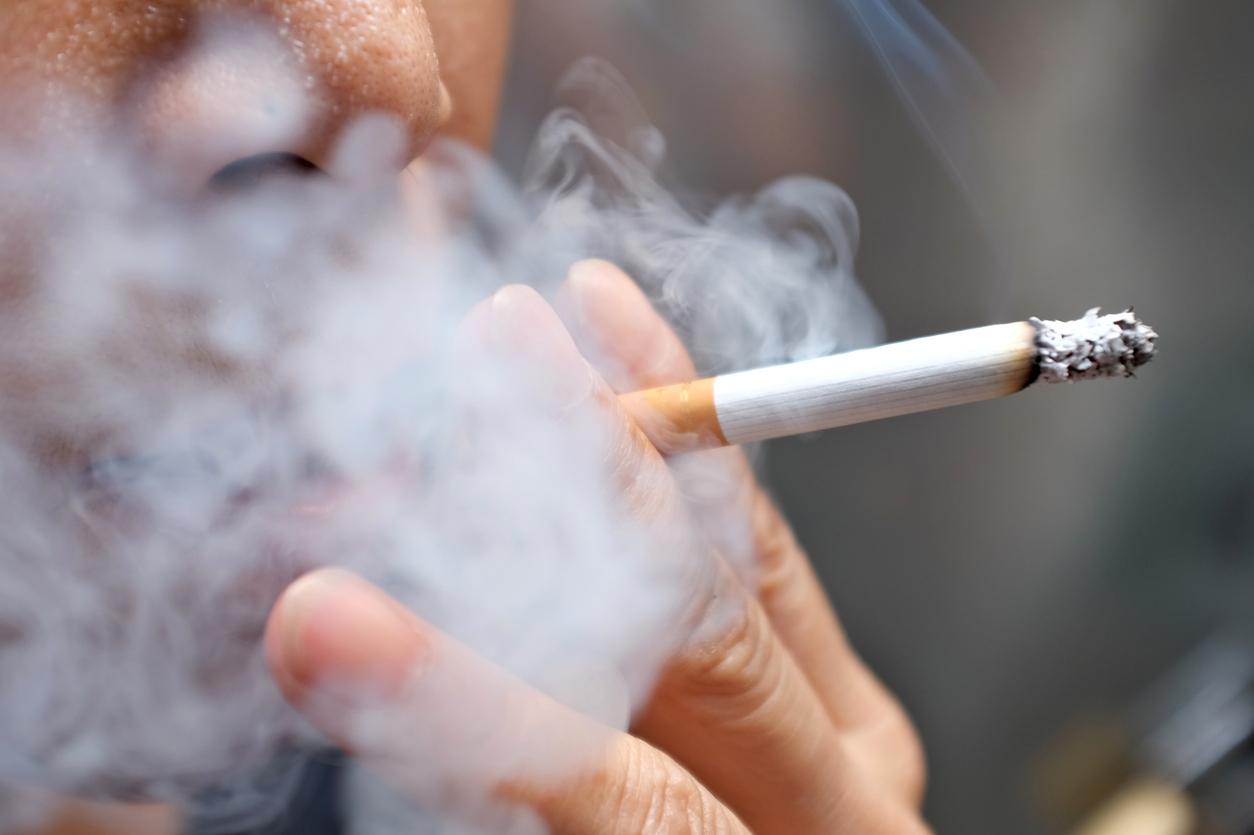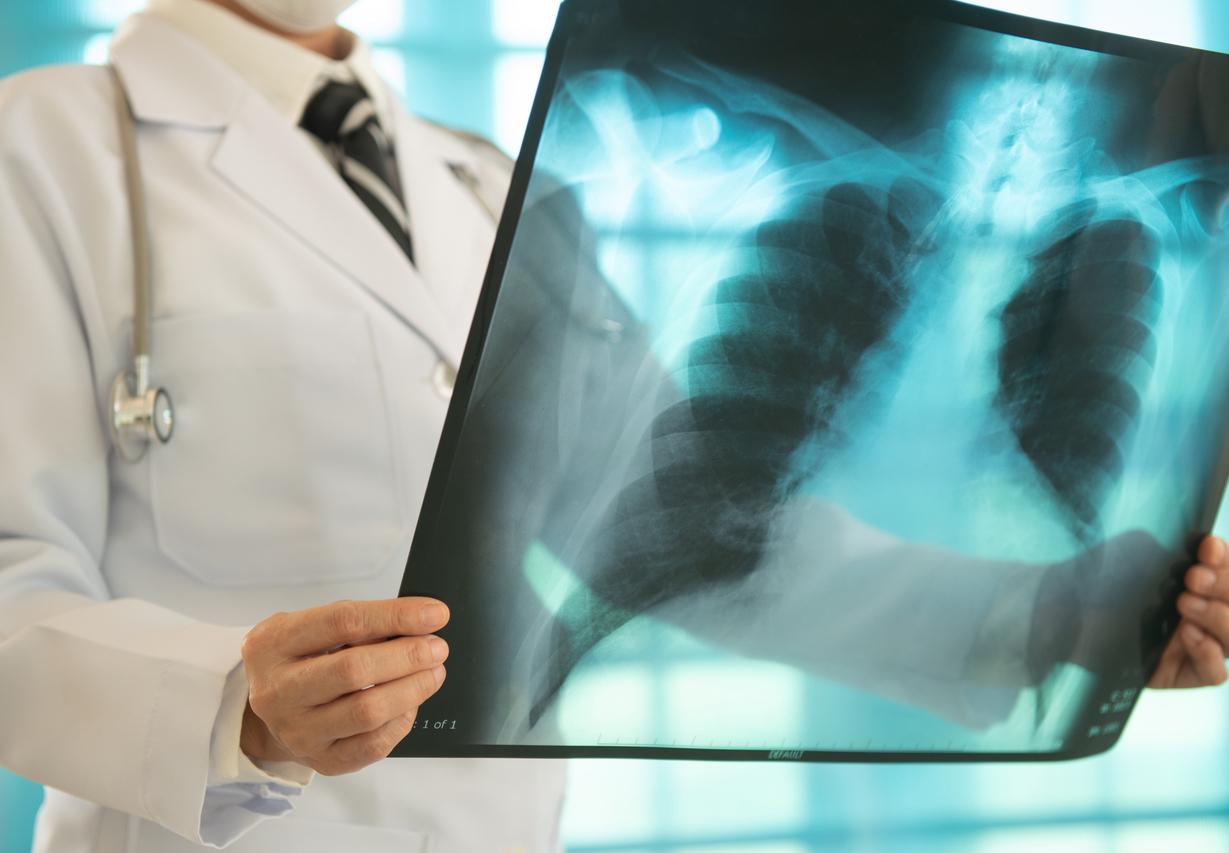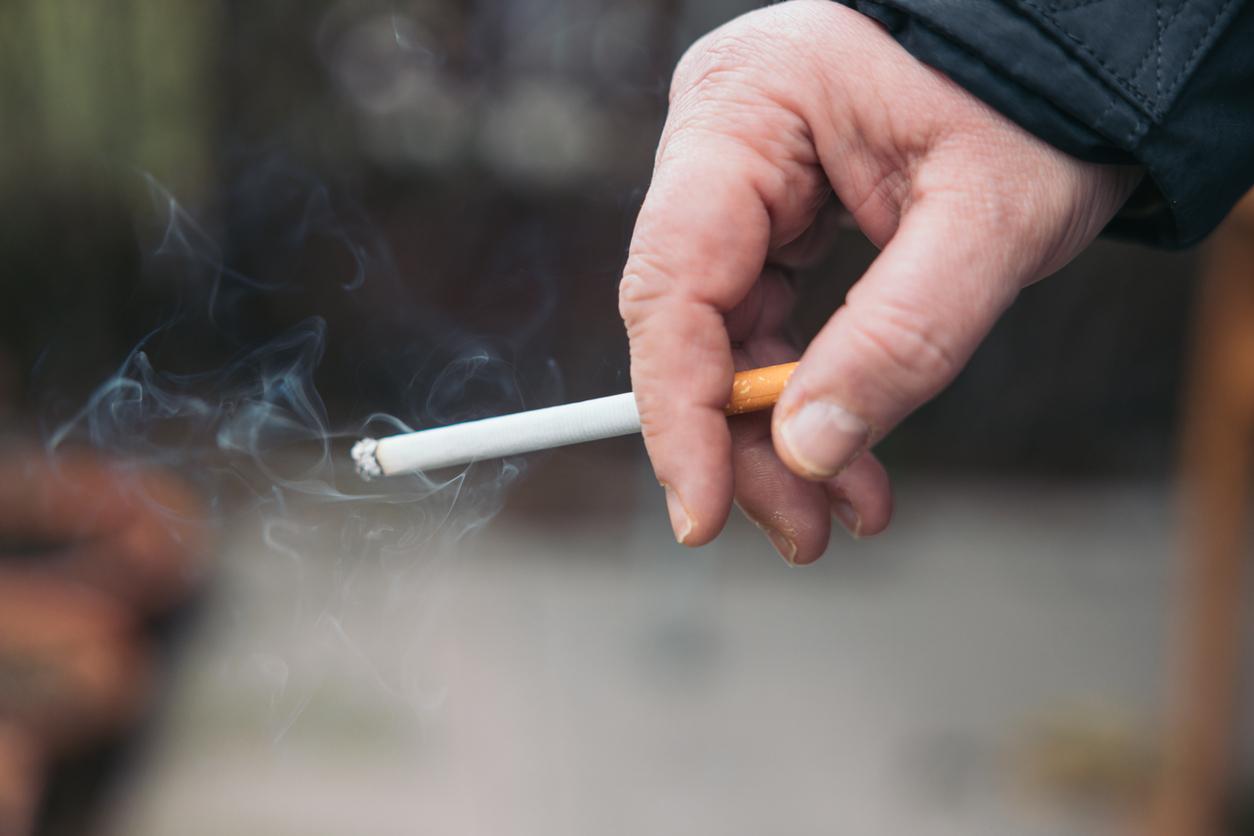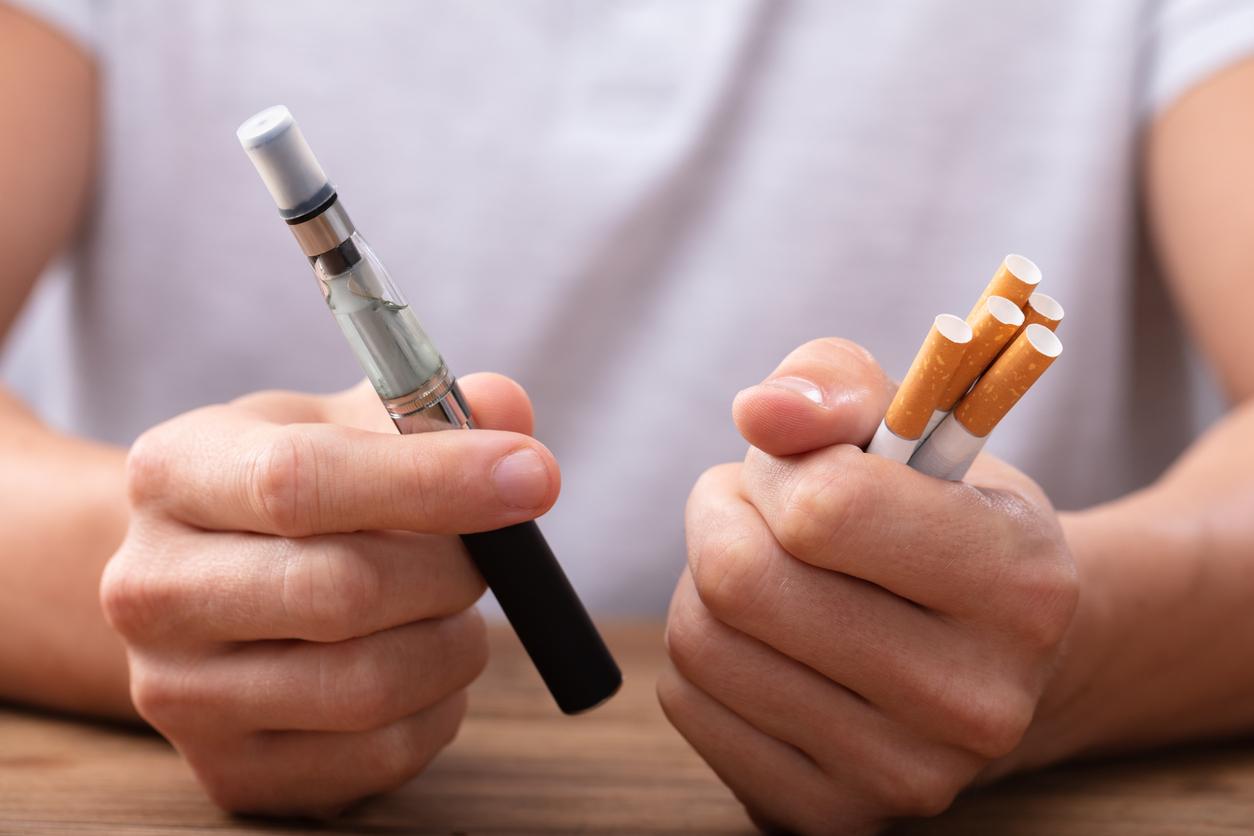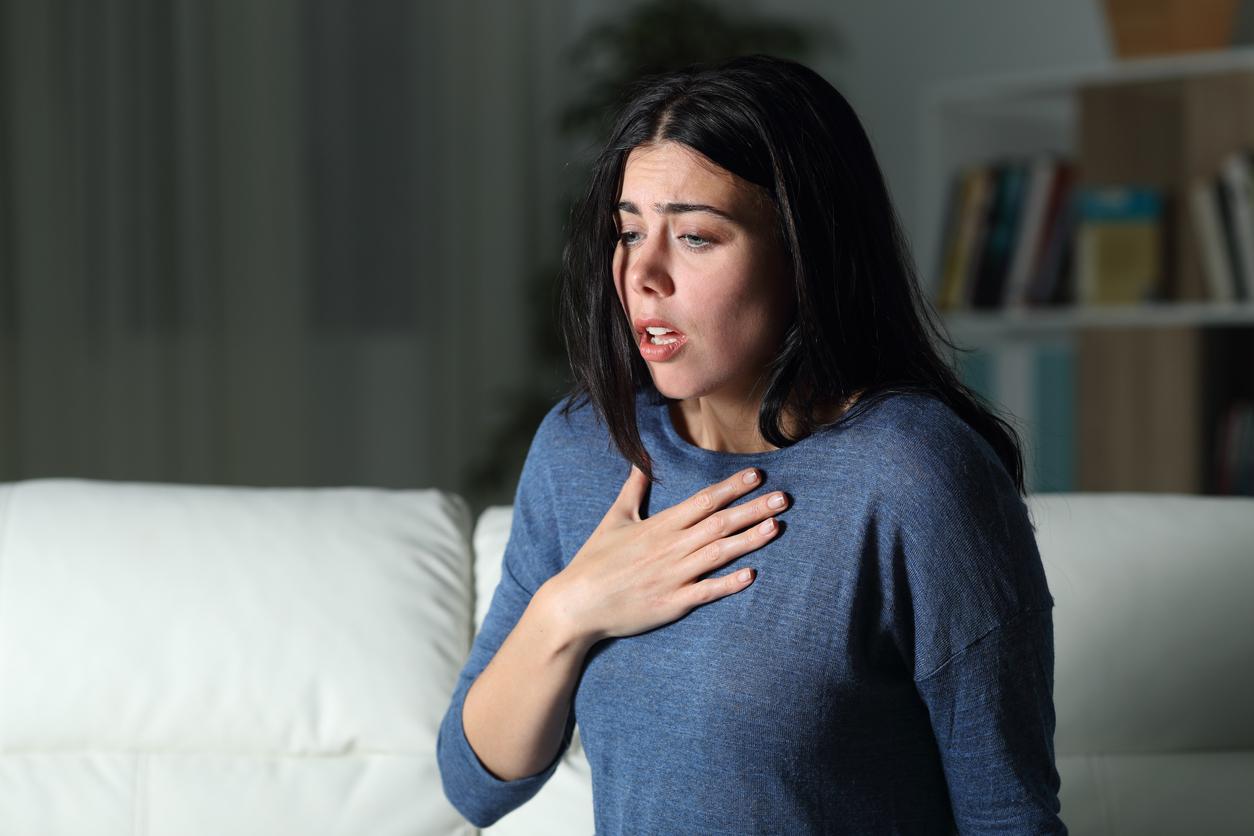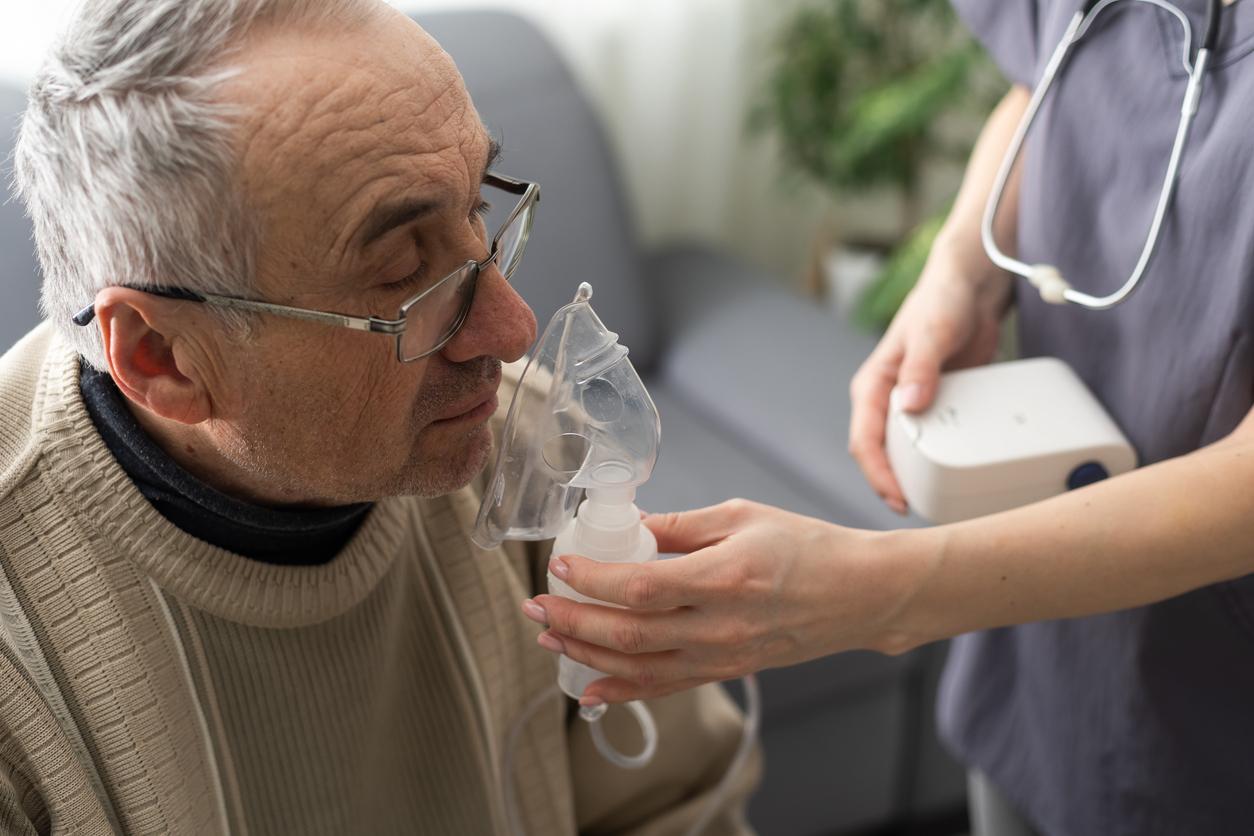MAINTENANCE – This disease mainly linked to tobacco has serious consequences. Professor Bruno Housset regrets that the diagnosis is often made at an advanced stage.
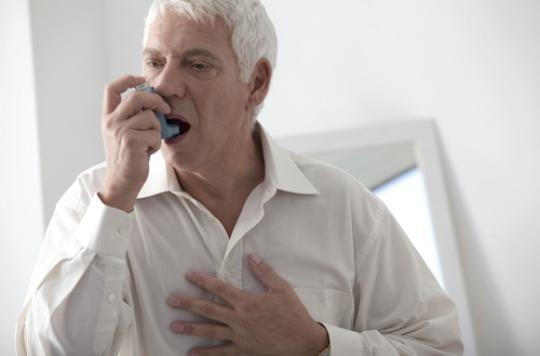
” Before you kill you, tobacco will suffocate you ! “. The message chosen for World COPD Day, which will take place on November 16, comes at the right time in the middle of the Tobacco-Free Me (s). The pulmonologists recall in this campaign that it is “always the right time to quit smoking”. They want to draw the attention of smokers to chronic obstructive pulmonary disease. A disease little known to patients, while it is common in smokers and results, in almost half of cases, in respiratory failure. Prof. Bruno Housset, head of the pneumology department at the Créteil hospital center and president of the Fondation du Souffle, takes stock of this pathology.
Is COPD still too little known to smokers?
Prof. Bruno Housset : For the majority of people who smoke, the identified risks are lung cancer, of course, then cardiovascular disease, especially heart attack and stroke. But actually very few are aware of the risks associated with COPD. However, in 8 out of 10 cases, it is linked to smoking, and it is a disease that can have very serious consequences; as the slogan goes, it sort of “suffocates” the patients. Different changes occur in the lungs, and cause coughing, sputum, and shortness of breath. The disease can progress to respiratory failure.
Shortness of breath is, wrongly, far too trivialized. Patients often blame it on age, so they cut back on activities to “save themselves” and a vicious cycle sets in. Ultimately, it is estimated that two thirds of patients with COPD go undiagnosed. A study showed that among people hospitalized for an exacerbation, that is to say a severe episode, 20% did not know they were suffering from this disease.
Does quitting smoking prevent COPD?
Prof. Bruno Housset : Yes ! And it’s fundamental to let smokers know that. This is also the aim of our campaign. Any reason is good to quit smoking, and doing so to reduce your risk of cancer is great. But smokers must also realize that to wean themselves is to limit the decline in their respiratory function. We now know that those who stop smoking see their lung capacity subsequently evolve like that of a non-smoker.
Is it possible to treat the disease?
Prof. Bruno Housset : It is possible to slow the progression of the disease. This is why it is necessary to make the diagnosis as soon as possible. And on this point we still have to make progress. An experiment will be launched by the National Health Insurance Fund (CNAM): in some departments voluntary general practitioners can be trained to perform a spirometry test. It’s simple and quick and it allows you to immediately objectify the loss of respiratory function.
Once the diagnosis is made, the first step to take is of course to stop smoking. Then, the patients receive advice to improve their hygiene of life. Therapeutic education is a crucial point of care. Especially when treatments are in place. These do not cure the disease but help limit the symptoms. On this point, it has been found that far too many patients are still receiving inhaled corticosteroids. However, if they are indicated in asthma, this is not the case for COPD. There has to be a refocus on bronchodilators. Different types of inhalers exist today: it is important to take the time to find the one best suited to each patient. This is essential to ensure good compliance, which is often difficult in chronic pathologies.
Would you recommend the e-cigarette, as part of smoking cessation?
Prof. Bruno Housset : Everything is good to stop! As part of a smoking cessation, we can therefore consider the e-cigarette. But we must be aware that this is not a trivial device. Of recent works, carried out in mice and in vitro, have shown that the nicotine contained in e-liquids could have direct effects on lung cells. It’s surprising, and needs to be confirmed. But it also indicates that we still have a lot to learn about electronic cigarettes. An Australian study has also just shown an increase in bronchitic symptoms in non-smoking teenagers who vapers. We must therefore remain cautious, and in any case reserve the e-cigarette for those who wish to end smoking.
.







